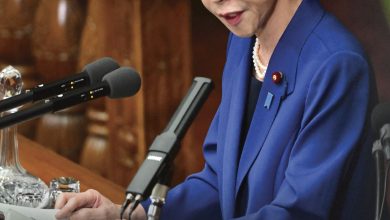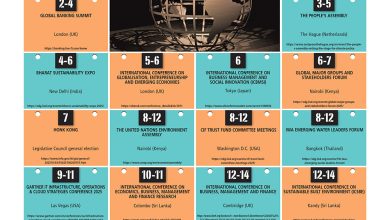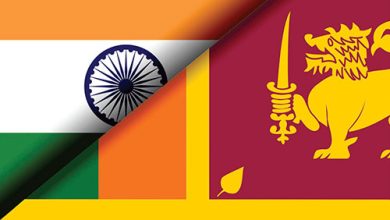INDO-PAKISTANI CONFLICT
A COLONIAL LEGACY OF DIVISION AND WARS
Saro Thiruppathy reviews the impact that partitioning has had on India and Pakistan – and the dark void at the end of the tunnel of hatred
Shortly after US Vice President JD Vance met Pope Francis I hours before his death, he met Prime Minister Narendra Modi in India. The next day, terrorists attacked 26 tourists in the picturesque town of Pahalgam in Indian administered Jammu and Kashmir (J&K).
Although the victims were mainly Hindu men, one Christian and a Muslim operator of pony rides were also killed that day by militants, who were armed with M4 carbines and AK-47 assault rifles. This incident is the second worst attack by terrorists after the 2008 Mumbai attacks where 175 people were killed as a result of coordinated shootings and bombings.
Before his execution, the only surviving terrorist Ajmal Kasab told police that he was a member of Lashkar-e-Taiba (LeT) – a group controlled by elements in Pakistan’s army and Inter-Services Intelligence (ISI). Islamabad denied any involvement but accepted that Kasab was a Pakistani citizen.
Soon after the Pahalgam attack, a group with links to the LeT and calling itself The Resistance Front (TRF) claimed responsibility for the tragedy. It said that the attack was in response to the settlement of non-locals in the Jammu division and Kashmir Valley as a result of the abrogation of Article 370, which had granted special status to J&K until 2019.
A few days later however, the TRF denied any involvement in the Pahalgam attack.
Even though Pakistan and China requested an impartial probe into the Pahalgam tragedy, the Indian government refused to consider any investigation and – egged on by its Hindutva voter base – launched a series of military strikes on Pakistan and apparently hit some terrorist hideouts. Pakistan responded in kind, and there was a litany of claims of missile attacks, interceptions and counterstrikes by the feuding neighbours.
On 10 May, the two nations agreed to an uneasy ceasefire, which US President Donald Trump claimed was due to his intervention. However, India vehemently denied any American involvement in the ceasefire negotiations.
New Delhi also unilaterally suspended the Indus Water Treaty (IWT) of 1960 that was signed by Pakistan and India. There were reports of a reduction in water flow to Pakistan, which appears to be a form of collective punishment for the acts of a few.
In May, Indian National Congress Party President Mallikarjun Kharge claimed that Modi had prior intel on the Pahalgam attack and his government’s failure to prevent the tragedy amounts to gross negligence.
Following the Indo-Pakistani war of 1971, a ceasefire line called the Line of Control (LoC) extending for 740 kilometres was established to divide Kashmir into what is controlled by India and Pakistan respectively. It is a heavily fortified and militarised border that’s under continuous surveillance by both countries.
HATRED AND WAR The partitioning of India in 1947 and establishment of Pakistan was based on the need for self-governance by Muslims – and fears that communal violence between Hindus and Muslims would escalate after the British left India. Religious intolerance has been a hallmark of life on the subcontinent for decades, and attacks in highly volatile areas such as Punjab and Bengal increased as independence drew near.
Muhammad Ali Jinnah and his All-India Muslim League (AIML) were the prime movers for a separate Muslim state due to fears that the interests of the Muslim minority would be violated by the Hindu majority nation.
Kashmir opted to join Pakistan rather than remain within India. However, its Hindu Maharaja Hari Singh Bahadur who was under pressure to allow the princely state to join India ignored this wish and signed the Instrument of Accession on 26 October 1947, particularly since tribal militias backed by Pakistan had moved into the area at that time.
ARTICLE 370 A solution to the betrayal of the Kashmiri people’s desire was implemented through Article 370 of the Indian Constitution. It gave special status to the Jammu division and Kashmir Valley, which had been administered by India as a state from 17 November 1952 up to 31 October 2019. J&K was allowed to adopt a separate constitution and state flag, and govern itself without interference from New Delhi.
But as part of an election pledge in 2019, the Bharatiya Janata Party (BJP) administration abrogated Article 370 with the aim of bringing Kashmir under the control of the central government.
It also allowed non-local Hindus to buy land and settle in the area in an effort to change the demographic of the disputed territory. Unsurprisingly, the Kashmiris were enraged at this arbitrary move by the centre, which only served to further alienate them from India.
This tragic saga of enmity and hatred will continue unabated until India changes its mindset. It must either let the Kashmiris align with Pakistan or transform the disputed territory into one that is conducive to peace and prosperity – a land that’s not militarised and where its people are treated with respect.






